No, this is NOT a new camera. The Phantom 65 was developed by Vision Research back in 2008 as the world’s first 65mm digital cinema camera. The camera was utilized as one of the very few digital cameras that were able to execute 3D imagery for the big screen, and IMAX theaters. This article is a tribute to this beast, as THE camera that led to the birth of large digital sensors.
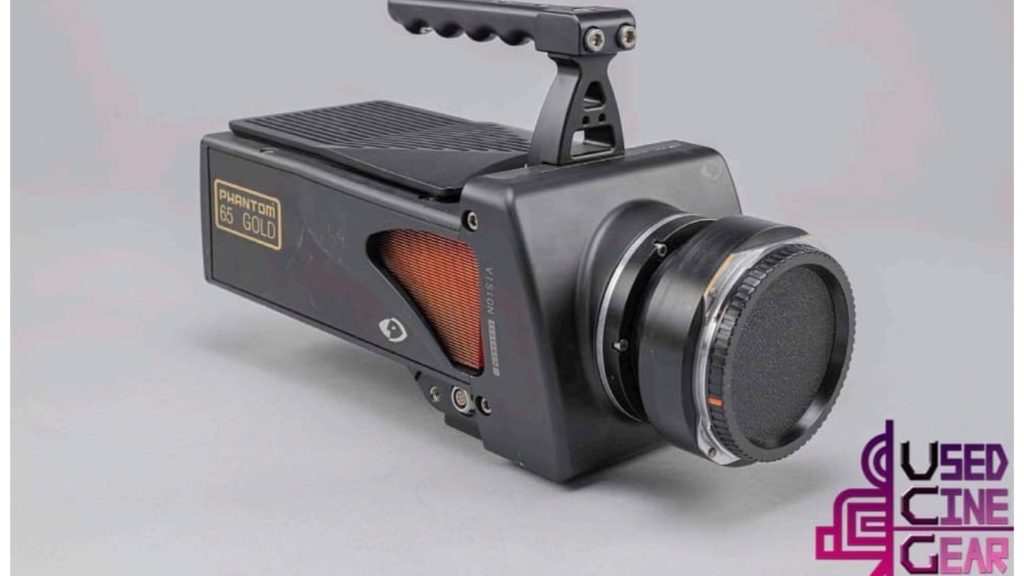
Phantom 65: The world’s first 65mm digital cinema camera
The Phantom 65 was introduced in 2008 by Vision Research which is the company that has been developing the well-recognized Phantom ultra-high-speed cameras. Vision Research’s goal was to build a digital camera that has the same size as IMAX and 65mm film negative, achieving 65mm depth-of-field and field-of-view. The Phantom 65 is the world’s first 65mm digital cinema camera. As stated by Vision Research back in 2008: “With Vision Research’s unique sensor design and today’s powerful digital technologies, the coveted 65mm format is now within every filmmaker’s reach”.
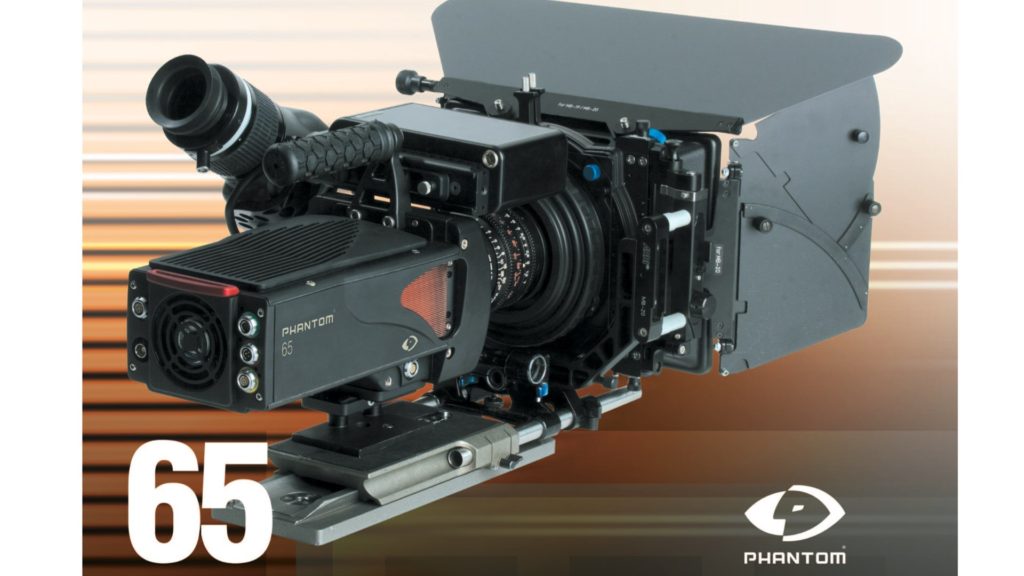
Exploring the advantages of shooting digital
Vision Research emphasized the solid advantages of shooting digital over film. “Unlike film, you can immediately see the results of a shot while you still have a scene set up and talent ready” stated the press release of Phantom 65 back in 2008. The Phantom 65 had preset formats for classic 65mm (2.28:1) as well as 2.35:1, 2.21:1, and 1.85:1 aspect ratios. User-selectable aspect ratios could be set in 8-pixel vertical increments. Furthermore, the Phantom 65 was compatible with digital viewfinders or monitors using a separate HD-SDI output or YPrPb output; and 12VDC was supplied for viewfinder power. Images were stored in a removable memory pack. “Our 512GB Phantom CineMag memory magazine can hold about 30 minutes of images at 24 fps. Think of it like a roll of 65mm film, without the costs” said Vision Research, indicating the benefits of shooting digitally. Indeed, this camera ate memory cards like cupcakes. However, when calculating the cost of 65mm film ($1,500 for 3 minutes of shooting at 24FPS), filming digital could save tons of money.
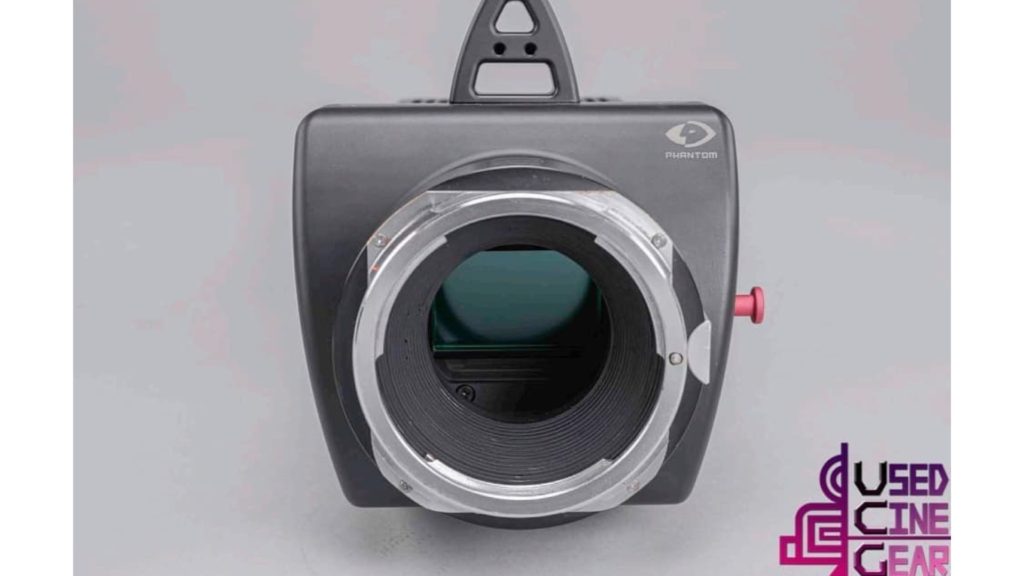
Key Features of the Phantom 65:
- 4K (4096 X 2440) resolution, active-pixel CMOS sensor
- 5 to 140 frames-per-second (fps) at full resolution
- Frame rate adjustable in 1 fps increments
- Shutter speeds as fast as six microseconds (shutter angle from 1-360 ̊)
- 14-bit sensor depth (42-bit color)
- 65mm depth-of-field and aspect ratio, 11 stop tonal range
- Hot-swappable Phantom CineMag memory magazines (256GB & 512GB)
- Circular buffer recording, and Run/Stop recording to CineMag
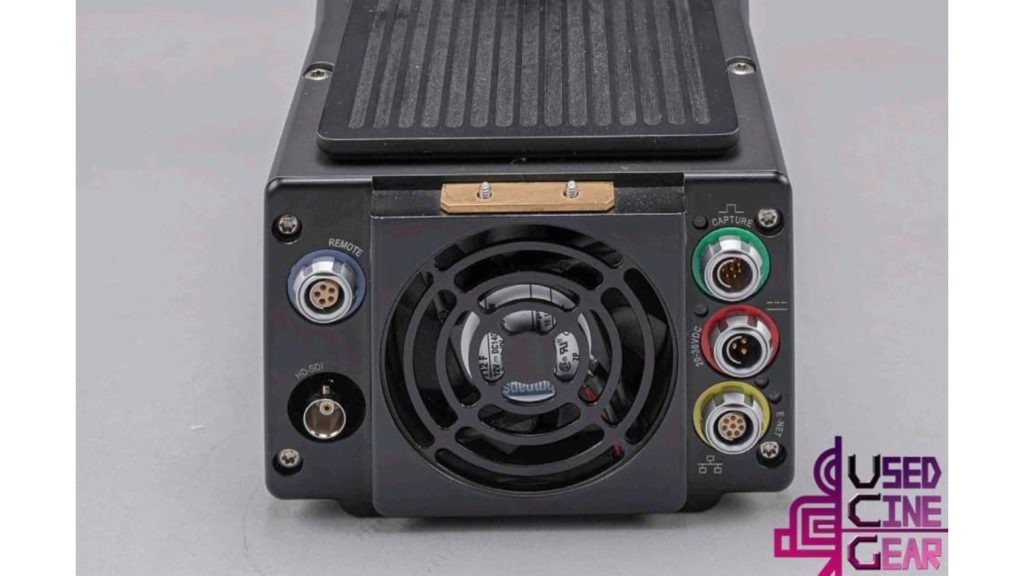
Phantom 65 Gold (2013)
The Phantom 65 Gold (see pictures above) was introduced back in 2013, as an improved version of the Phantom 65. The Phantom 65 Gold was a 14bit raw 4K cinema camera. It was able to shoot 200fps in 4K mode, 396fps in 2K anamorphic (2.35:1 – 2048 x 872), and up to 718fps at lower resolutions. The Phantom 65 utilized Mamiya 645 medium format glass, Super PL, and Hasselblad lenses. The Gold was used in the newly announced (2014) Digital IMAX 3D camera.
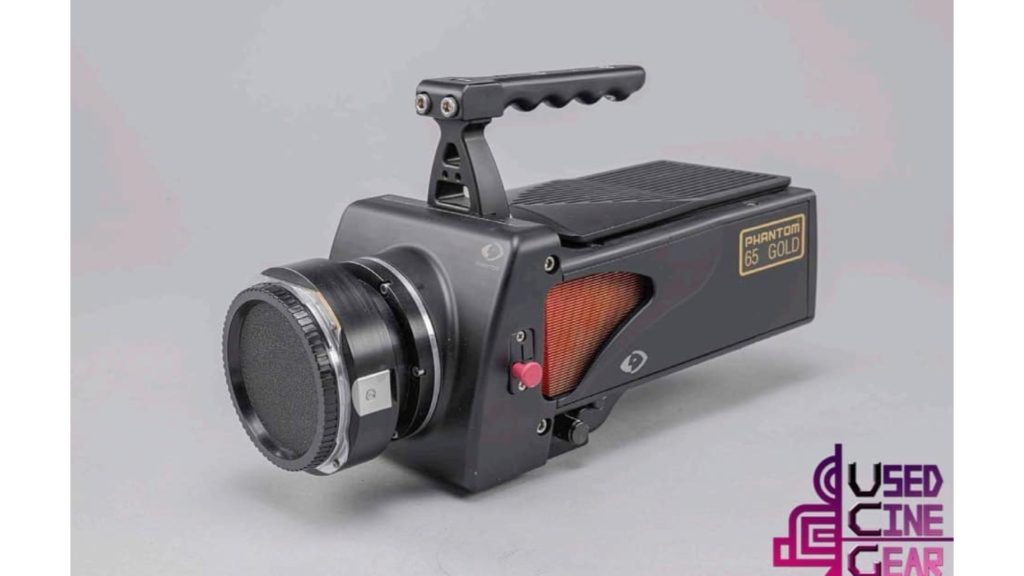
The birth of Digital IMAX 3D
In 2014 it was reported that IMAX has developed the first fully-integrated dual 65mm 4K digital large-format 3D camera, designed to give moviegoers a “truly immersive IMAX 3D experience”. This mysterious camera was spotted in the set of Michael Bay’s Transformers: Age of Extinction. It was stated by IMAX that: “The IMAX® 3D Digital Camera delivers stunning image quality and is less than half the weight of other 3D digital camera systems on the market. The IMAX® 3D Digital Camera will provide filmmakers such as Michael Bay with the versatility that only 2D digital cameras have been able to deliver in the past.
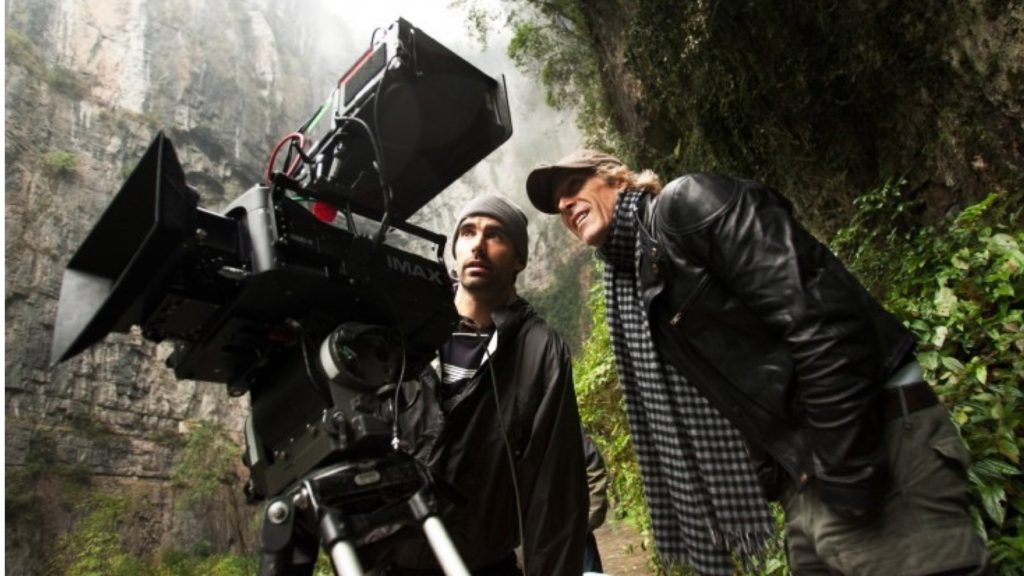
In Transformers: Age of Extinction, the production team was able to capture chase scenes and helicopter shots in high-resolution 3D in a way that is previously impossible”. However, when examining the camera housing, two of Vision Research logos were revealed. That means, It utilized two Phantom 65 cameras stuck together in a fancy box, which is super cool, but not exactly ‘new’.
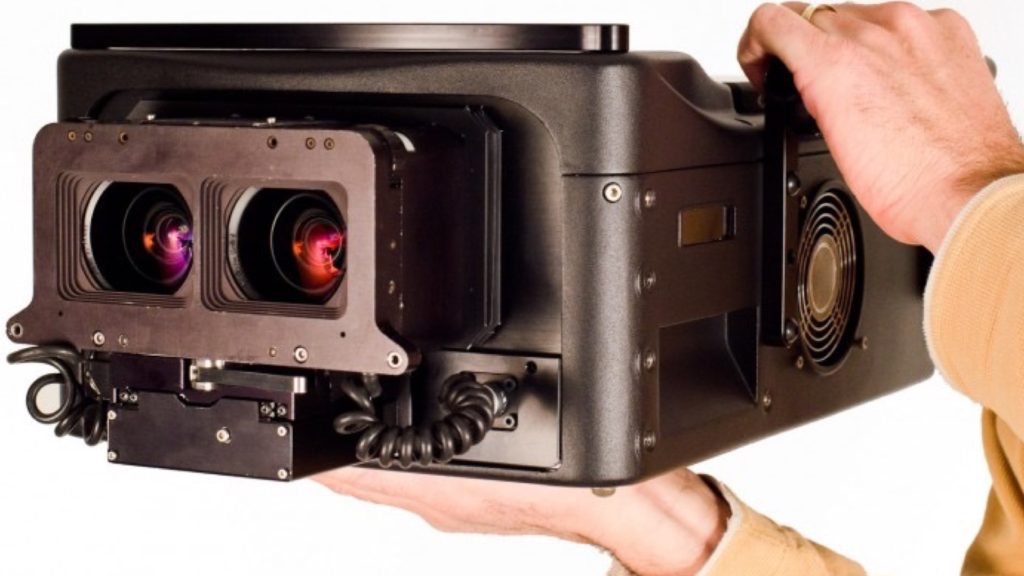
Based on two Phantom 65 Gold cameras
Hence, the ‘new’ Digital IMAX 3D camera was based on two Phantom 65 Gold cameras, which means it owned two 65mm size digital sensors – the first and only camera to have a sensor this size. The camera was able to shoot dual 4K 3D. That’s why Transformers: Age of Extinction is among the first films that were highly recommended watching them in an IMAX 3D theater, in order to get the real IMAX 3D experience.
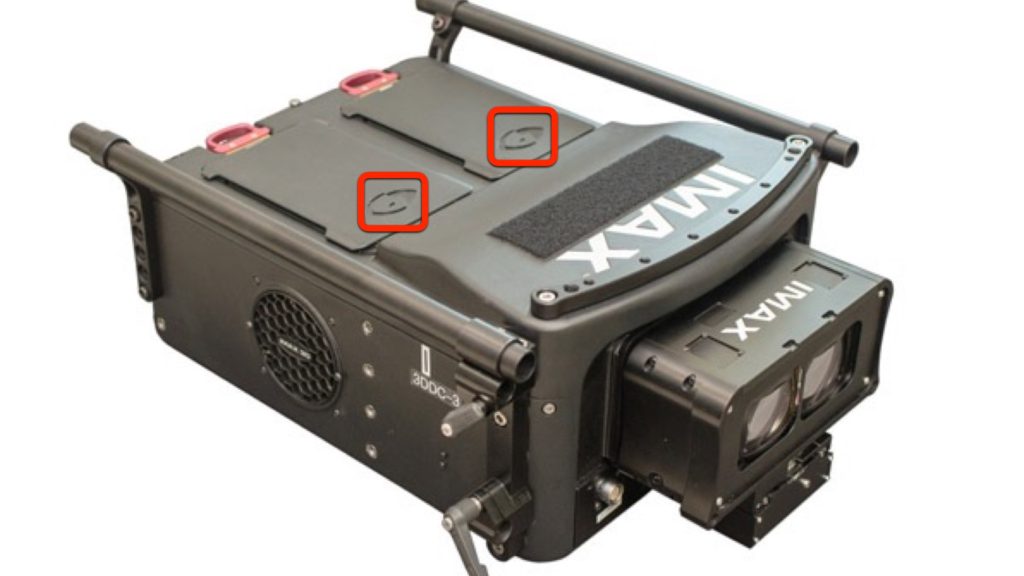
The Phantom 65 today
Since Transformers, the Phantom 65 was barely used. The ARRI ALEXA 65 was introduced right after and therefore was utilized in IMAX 3D productions. Today, the ALEXA 65 (IMAX Certified) is the natural choice for IMAX 3D and has been heavily used in MCU (Marvel Cinematic Universe) features.

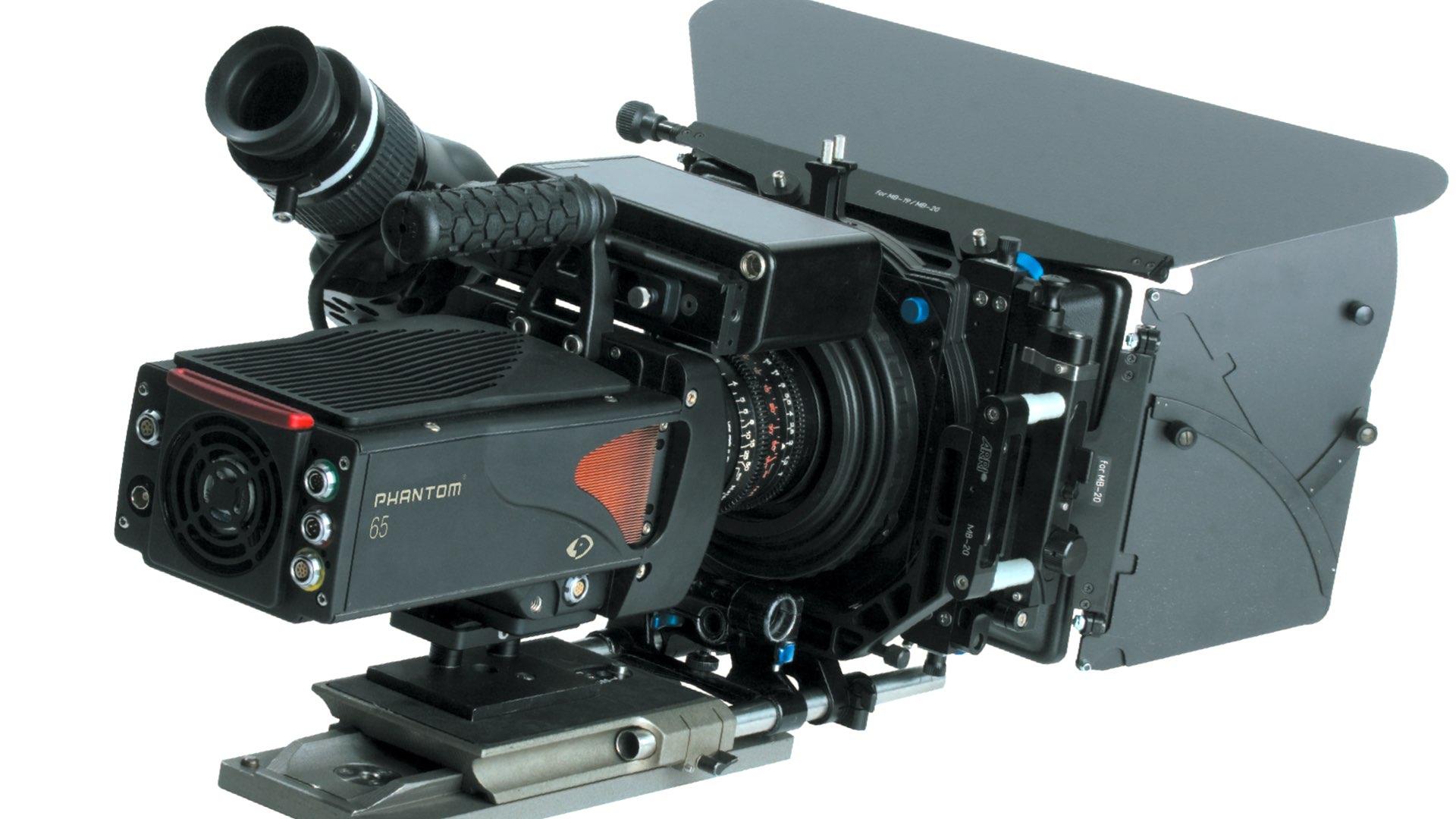



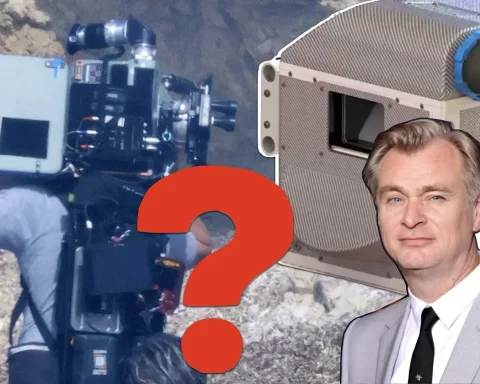



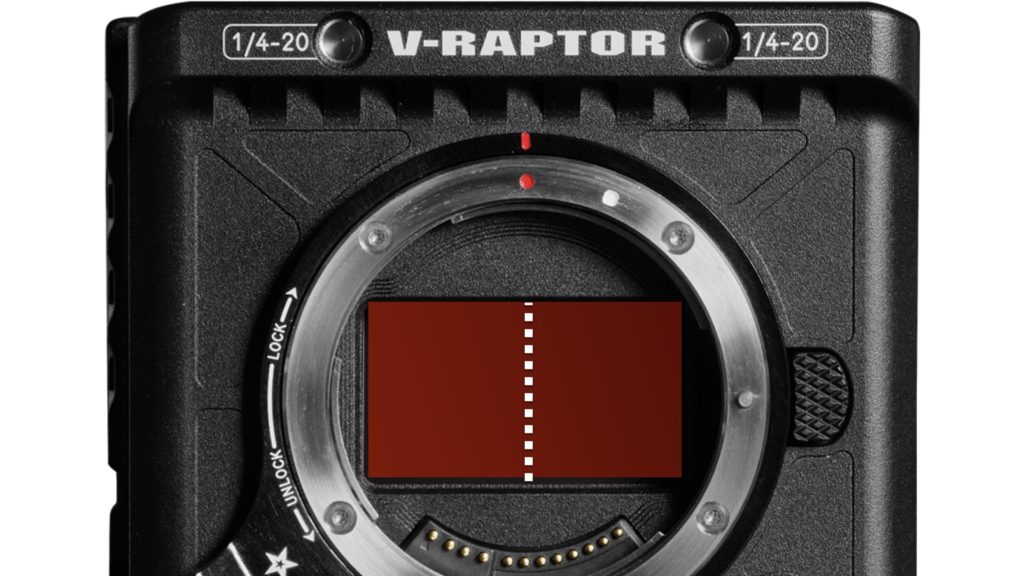
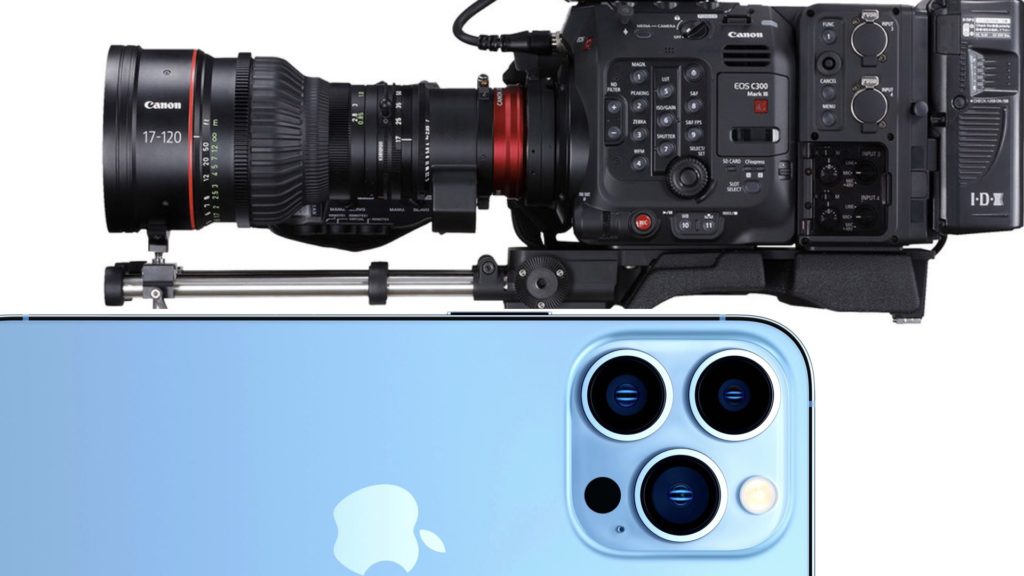




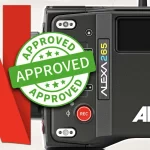
Couldn’t find the sensor size in the article which is one of the most important specs when we talk about camera formats these days.
52x30mm. Image circle of 58.9!
The Phantom 65 was my baby. Not many of them made as the files were enormous and difficult to deal with. 14-bit Uncompressed RAW in 4K is no joke. The sensor was insanely difficult to manufacture back then (and still is). They could go through wafer after wafer without yielding an acceptable unit.
It was no secret that the IMAX camera contained a pair of Phantom 65s. In fact the cameras had to be purpose-built by Vision Research for IMAX in a complete redesign in order to get the two sensors much closer together for a better “interoccular” distance. The IMAX camera also contained special controls for stereo sync and other functions. It did have a life beyond several Transformer movies, mostly shooting Disney nature documentaries. Considering the complex electronics the camera performed incredibly well shooting in the extreme weather in hot & humid Borneo jungles as well as in the insane cold of Everest.
The Phantom 65 still delivers the richest, most beautiful digital images I’ve ever seen. Better than anything shooting today. I loved that machine.
Thank you for the educating comment, Mitch.
It’s amazing how one of the complicated cameras that exist was developed for very unique projects.
I’d love to see more directors using it nowadays.
Yossy
Wondering how it compares to the Alexa 65 considering they have similar sensor size. Alexa 65 is 6.5k tho
Not much similar about the cameras other than the physical sizes of their sensors.
Wondering how it compares to the Alexa 65 since they have similar sensor size. Alexa 65 is much higher resolution tho at 6.5K